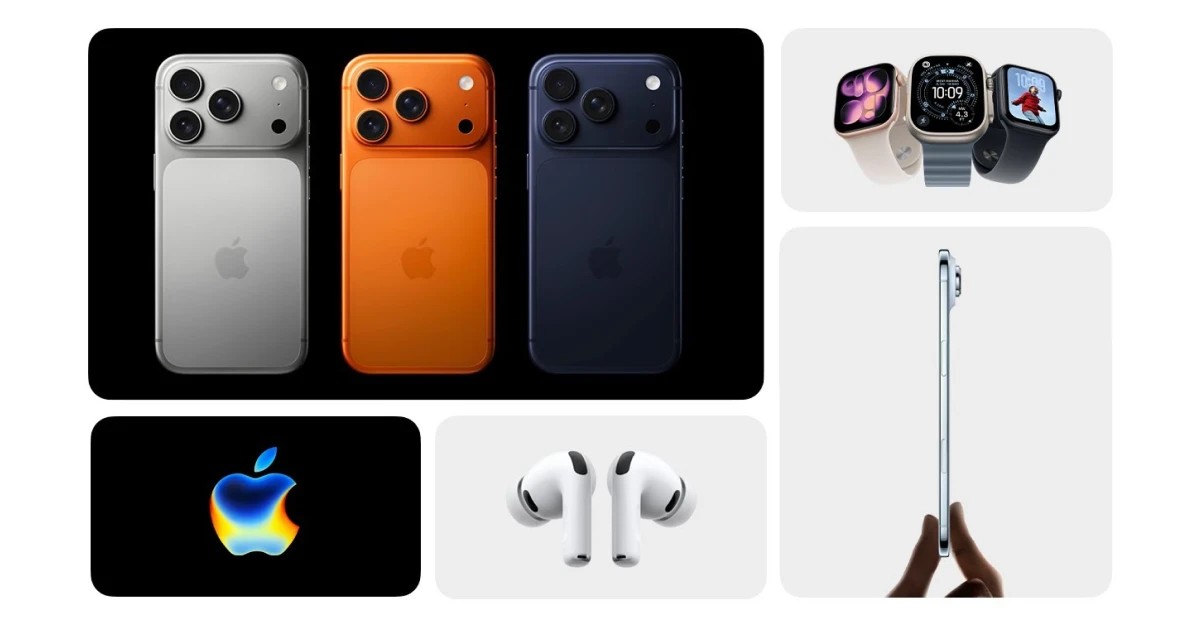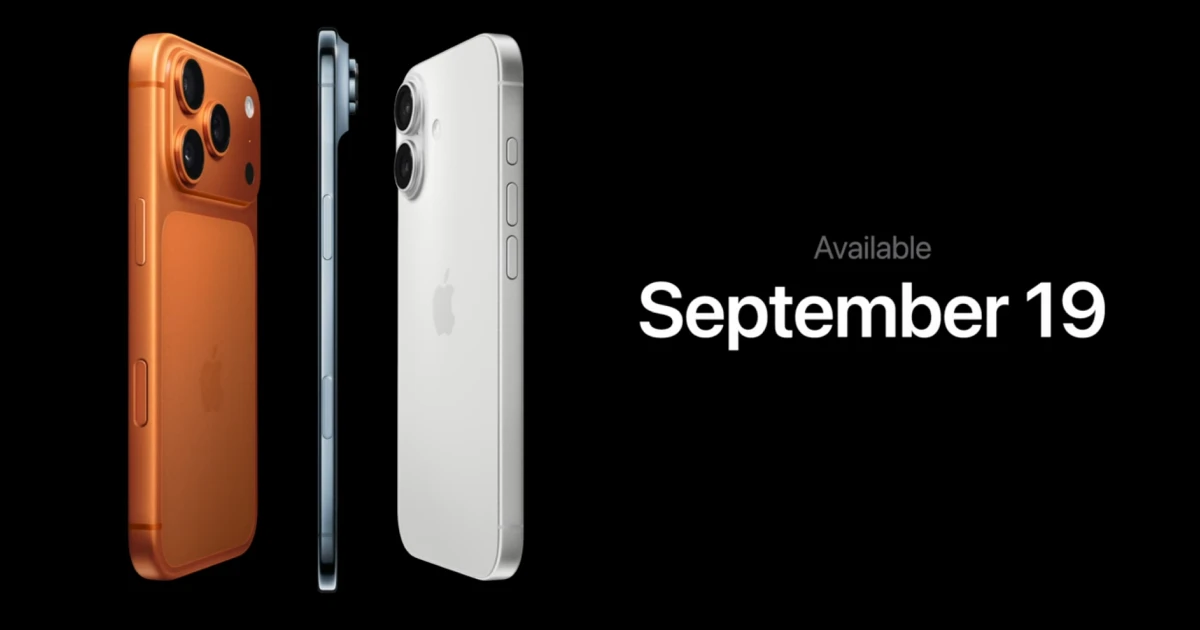the first digital native generation. They are huge consumers of media, and what Gen Z likes – or dislikes – spreads like wildfire and turns into a norm for all generations. For these exact reasons, companies across all industries want to cater to Gen Z’s needs and respect their values.
In a digital world, digital trends become the law. In 2024 Gen Z are the ones that set and inspire new trends in terms of technology. To stay relevant and competitive companies should be up-to-date with the digital trends that reach the Gen Z generation. That being said, in what’s to come you will find the Gen Z trend you need to know in 2024.
1. Augmented Reality, Virtual Reality, and Metaverse
One of the digital trends we are going to see more of this year has to do with how people interact in spaces powered by technology. Augmented reality (AR), Virtual Reality (VR), and Metaverse change and create the world as we know it and translate it into the digital world. These terms are often used together which can be confusing. They don’t refer to the same thing – they have different technologies behind them and purposes.
Augmented reality doesn’t create a distinct reality, a world that has nothing to do with real life. But, as the name suggests, AR merely provides enhancements to the physical world – it adds overlays. You probably are already familiar with AR and used it without knowing this is what it’s called. These overlays can be seen with the help of our smartphones – more precisely through phone cameras. Big social media platforms such as TikTok, Instagram, and Snapchat have been providing users with filters that use AR. By using these filters, you can add images or animations over the reality perceived by your phone’s camera. As Gen Z is the most active generation on social media, interactive filters don’t miss Gen Z’s eye. Even more so, certain filters become the new TikTok trend, and thousands and thousands of people hop on it and post their own versions. You have to try to integrate AR into your marketing strategy in 2024 – you can get free publicity.
As of 2024, Virtual reality users are mostly part of the younger generation. By means of a headset, you can experience a different reality, independent of real life. This creates a more personal experience that enables the user to engage on a deeper level with your brand. With the help of VR, you can create product presentations and demonstrations that are far more engaging and exciting than a simple text description. Gen Z is all about lively videos and catchy content. With so many products coming out, you can try to use VR to grab Gen Z’s attention. What is further proof that VR is one of 2024’s digital trends is the release of Apple Vision Pro. Every Apple release makes the headlines and becomes the new must-buy product for younger generations.
Ever since the concept of Metaverse first came out, it was certain that the ones most excited to try it out would be the younger generations. A 3D world in which you can remotely socialize and collaborate with other people – it’s a recipe for success. In the Metaverse you take the form of an avatar through which you interact with live people. With the help of Metaverse, companies can take interactions with customers to the next level keeping the audience completely immersed. As advancements in AR and VR are vital for Metaverse, in 2024 we are going to witness new uses for it.
2. Social Shopping
If in the beginning, the purpose of social media was just as the name indicates – socializing – in recent years social media platforms are not just for chatting with your friends or posting pictures. As a result of the times, social media platforms grow, expand, and come up with new features. Now you can use almost any social media platform for social shopping.
So, what exactly is social shopping and why is it one of the Gen Z digital trends in 2024?
Social shopping is just as simple as it sounds – you can shop on social media platforms. Essentially, social shopping is a mix between social media platforms and e-commerce. The way this type of online shopping takes place is by accessing links that lead to a certain product from social media posts. You don’t even need to have specialized e-commerce tools – some platforms have them integrated and ready to use. So, putting up a storefront is both simple and resource-saving.
The main difference between e-commerce and social shopping is that e-commerce involves websites and apps from which people can buy certain products while social shopping brings those products to social media platforms. Social shopping is not always about buying, but about making your products visible to potential customers. Even when not end up making a purchase, social media users can contribute in other ways – they can share them with friends, like, or comment which counts as valuable recommendations.
Just think about it, Gen Z spends a significant amount of each day on social media. And what else does Gen Z like? That’s right – online shopping. Well, social shopping combines the two. It’s also a well-established fact that Gen Z uses social media for inspiration and recommendations. If Gen Z goes to websites only when they are looking to buy something, they access social media platforms whenever they have free time. By putting your brand’s products out there, even when not looking specifically for that product, some users might end up accessing the link and adding it to the cart.
Social media and shopping go hand in hand. With the rise of so many social media influencers, deciding what it’s worth their money and what not has never been easier for Gen Z. This is one of the main reasons why having a strong social media presence is vital for increasing sales. If you haven’t already it’s time to hop on this digital trend in 2024!
3. Content Personalization
Customer and user experience are essential for business success – everyone knows that. But now more than ever, creating personalized content is what is going to make the difference between the growth rate of companies. Gen Z values personalization more than other generations, so to win them over this is a strategy that needs to be implemented.
One way to provide Gen Z customers with personalized experiences is by enabling user-generated content. Also known as UGC, user-generated content has been a powerful digital trend for a while now and it’s not going to die out soon. More than half of TikTok users are Gen Z. But they are not just passively scrolling through, they also enjoy creating content of their own. Not only does it engage the customers but they create content on your behalf. The greatest advantage of UGC is that in the eyes of other customers, the content is more reliable, trustworthy, and feels more authentic.
Gen Z spends more money on brands that value their customers than on brands that put out good products.
For Gen Z rather than a good product, the relationship they have with the brand is more important. Feeling like they are part of a community is essential for this generation. We live in a world in which interactions in large part occur online. But that does not mean that those interactions are less meaningful. So for building a strong community, personalized content is the way to go in 2024.
Through content personalization, a brand shows that they care about their community.
Being a digital native generation, Gen Z needs more than text – they need visual stimulation. For this reason, creating interactive personalized content is a solid fail-proof strategy. A way to create this type of content is by creating polls, quizzes, or surveys. After gathering that data, your company can get back to those users and make personalized recommendations for products.
Another way to personalize interactions with customers is through email. As we live in an era full of tech tools, sending emails tailored to each and every customer is a simple and time-saving process. With the help of e-commerce tools that use the power of AI, personalized email automation is possible.
4. Mobile-First Design
If you ask a person who is part of the Gen Z generation what device they use the most, the answer will be without any kind of hesitation – my phone. This is why mobile-first design is important and will become a powerful digital trend in 2024.
What is mobile-first design?
Well, you know you can access the same website from both your laptop or computer and mobile phone. Apps have in general two versions – a mobile and a desktop version. The ones responsible for providing users with pleasant experiences, suitable for both devices are none other than UI UX designers. If usually, the desktop version of a website or app comes first, the user experience is bound to be better and more accessible on a computer. To avoid this situation, the mobile version shouldn’t come just as an afterthought, just a version of the desktop experience, but an experience in itself.
Instead of starting the design from the desktop and then cutting down features to fit the mobile requirements, the mobile-first design proposes the opposite. Starting from a complete and attractive mobile design the UI UX designer adds features and expands towards the versions for bigger screens.
The Gen Z needs mobile-friendly designs and immersive experiences.
How do you think Gen Z manages to spend so much time on the internet and social media? The phones are what allows them to not miss a thing. And the best part of using phones is you can do everything from shopping to gaming. For a Gen Z even when having a laptop in front of them, when wanting to search something, they are more likely to reach for their phone. It’s become such a big part of the daily life of the young generation that phones are almost an extension of their arms.
So, for business growth in 2024, mobile-first design is one trend that you shouldn’t overlook. Many brands have already started prioritizing mobile-first design and content. These create immersive experiences that can captivate the attention of this tech-savvy generation. For Gen Z the aestheticity of the platform is not the only thing that matters – they want a dynamic one that matches their lifestyle.
5. Social Media Platforms Used as Search Engines
Do you need to search for a topic? A product? Do you maybe need some inspiration? Who needs Google in this day and age? Social media platforms can offer everything we need – search engines included. Don’t get me wrong, Google will always be the number one search engine for internet users. It’s just that Google has some serious competition when it comes to Gen Z’s search engine preferences.
TikTok’s search engine is the new trend in the digital world.
When you look at TikTok’s search engine, does it ring a bell? Well, if you thought of Google you’re not alone. TikTok’s search engine started looking similar to Google’s but instead of article titles and images, on TikTok, you see… well, tiktoks. When you search for something on Google, after a few results there is a small section called “People also ask”. On TikTok, you find a similar one called “Others searched for” that presents topics that might interest you. Even the way in which people write what they wish to find is similar to traditional search.
One advantage that social media platforms have over other search engines like Google is that they provide visual results. When searching a topic or when looking for the answer to a question, the search result of platforms such as TikTok comes in the form of a video. On the other hand, Google provides in big part text-based results like articles or news.
Something that characterizes Gen Z is a fast-paced and dynamic lifestyle.
In 2024 traditional marketing strategies are no longer effective for reaching younger audiences. Because of this brands need to adapt and come up with new approaches tailored to Gen Z’s needs. One way to engage and attract younger audiences is by providing content that is social media-friendly. Instead of blocks of text, create informative, educational, and useful content in the form of videos. This way you transmit information that speaks Gen Z’s language.
Despite the popular belief that Gen Z only wastes time on the internet and scrolls needlessly, Gen Z is one of the most informed generations. With easy access to the internet, Gen Z satisfies their hunger for information – it just needs to come in a different form. So observing Gen Z’s social media habits is a key element for understanding what works and what does not for them.
Growing up in a digital world, Gen Zs play an essential role in creating trends. Even more so, trends tailored to suit Gen Z’s values and interests are set to stay for more than just a year. Listening to what this generation has to say should be a priority for companies that want to grow and expand quickly.













